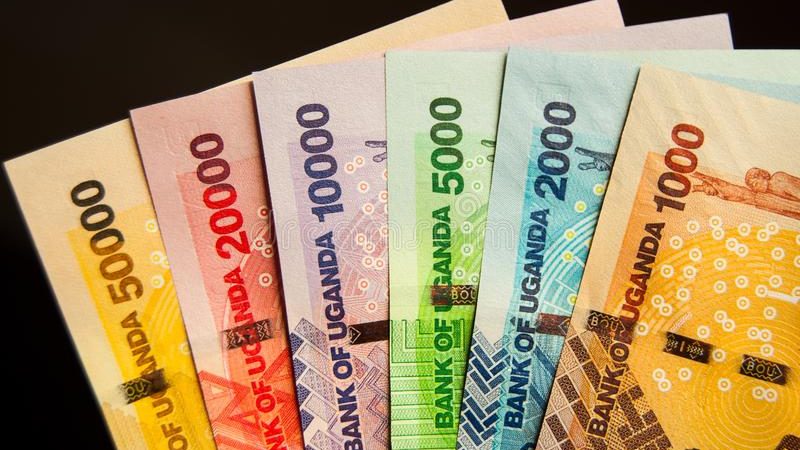The Ugandan shilling closed the month trading steadily at 3660/3670 per dollar, supported by corporate demand and strong inflows from portfolio investors, exporters, and remittance firms, according to Richard Nsubuga, Ag. Head of Trading at Absa Bank Uganda.
Short-term projections remain positive, with expectations of the shilling fluctuating between 3640 and 3690 in the near term.
Nsubuga noted that the money market remained liquid, with interbank lending rates averaging 10.96% (overnight) and 11.44% (one-week). Meanwhile, Treasury bill yields held steady on the 364-day maturity, while the 91-day and 182-day tenors declined by 1.35bps and 66bps, respectively.
The auction cleared at 10.652%, 12.840%, and 14.752% for the 91-day, 182-day, and 364-day tenors, respectively, with accepted bids totaling UGX 419.30 billion, surpassing the UGX 355 billion offer.
The Kenya shilling traded sideways during the week within the 129.10-129.50 range. Earlier week demand from manufacturers was neutralized by increased month-end inflows from the tea sector and payrolls. The currency is still projected to trade within 129.00-130.00 in the near term.
“The U.S. dollar Index saw a modest decline during the week amid a mixed bag of economic data and apprehensions surrounding new trade policies. The final revision of the fourth-quarter GDP indicated a growth rate of 2.4%, slightly above the earlier estimate of 2.3%,” he said.
However, Donald Trump’s announcement of a 25% tariff on imported cars, effective April 2 intensified trade war concerns, leading to a cautious market.” The index was seen trading at 104.3 on Friday morning.
he noted that in the commodities market, WTI crude futures hovered around $70 per barrel, influenced by concerns over tightening global supply. Earlier in the week, the US threatened 25% tariffs on nations purchasing Venezuelan crude, disrupting trade flows, particularly to China, Venezuela’s largest buyer. Following the announcement, India’s Reliance Industries plans to halt Venezuelan oil imports.
Gold surged to around $3,080 per ounce on Friday, setting a new record high, driven by risk aversion amid escalating trade tensions ahead of additional US tariffs next week. Central Bank demand for the commodity also contributed to the price action.

















